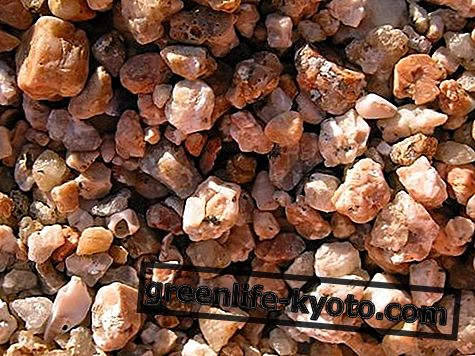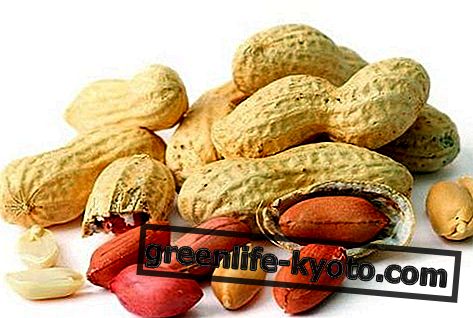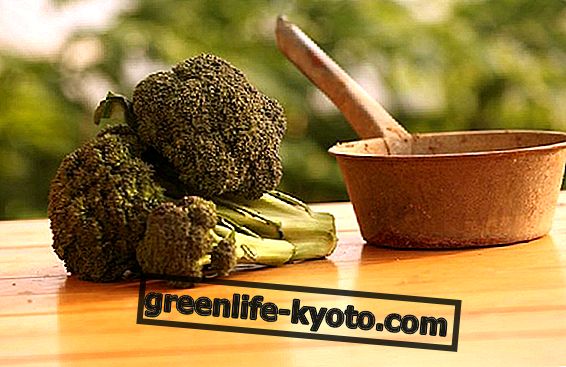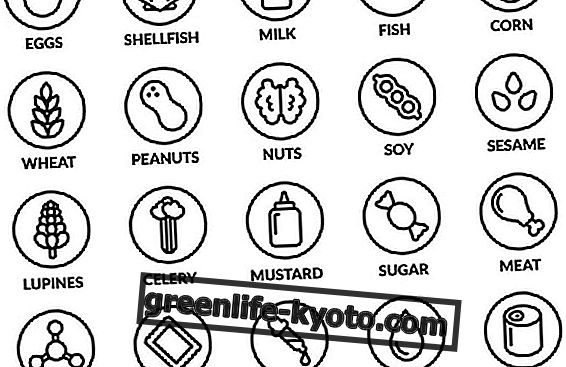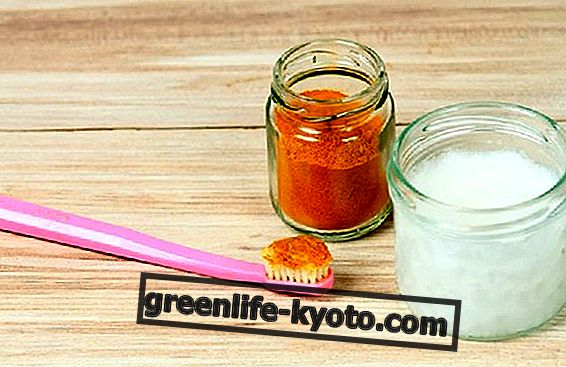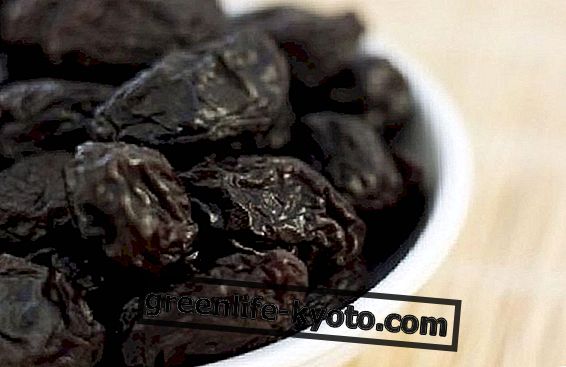
January and February are the months in which the year begins, purely winter, in fact the heart of the cold season.
How is this season reflected in the physiology of fruit plants? Evolution pushes plants to adapt their vegetative cycles to the seasonal structure of the place where they live, so in temperate climates the physiology of plants tends to produce a life cycle that follows the seasons.
In winter many plants are therefore in vegetative rest, a sort of lethargy in which all the vegetative processes slow down to favor a cleaning of the old and to prepare for the production of the new year.
But while many plants immerse themselves in this rest, others, the evergreens, have a different vegetative system, which allows them to bloom and bear fruit at the same time, without reflecting the spirit of the four seasons that regulate the year at our latitudes.
Therefore it is possible to find ripe fruit also in this season and in these months of the year, above all thanks to citrus fruits.
We know citrus fruits
The etymologies of the months of January and February refer to two ancient local divinities: the first, Giano, presides over the passages; the second, Februus, presides over purification. It is not by chance that we are in the period of the year in which "one passes through purification".
The citrus fruits that we find in this season can support us in the biological purification processes : they are rich in vitamins, especially vitamin C, able to support the immune system tested by winter frost, but they are also rich in nutrients with antioxidant properties, such as flavonoids .
The name already tells us something about the organoleptic characteristics of the fruits, which remain sour even in the sweetest species. Another characteristic of these fruits is the presence of essential oils and terpenes very valuable for health and cosmetics.
Citrus fruits originate from East Asia and group the species of three different genera:
- Citrus, to which most of the most famous citrus fruits belong ;
- the Fortunella, with less known ecommerce fruits;
- the Poncirus, to which only trifoliate orange belongs.
There are an infinite number of hybrids and varieties, including interspecies, such as the case of the «citrofortunella» hybrids .
Less known citrus fruits
Going to buy citrus fruits we generally come across sweet orange (yellow or red pulp), lemons, mandarins and clementines, grapefruits (yellow or pink), imported lime, more rarely in cedars and, always more often due to immigration, in pomelos (yellow and pink, originating in China) and in round kumquats, probably originating in Japan, very similar to Fortunella margarita (Kumquat ovale), sold more than anything else as a curiosity.
For those who know where to look (local producers, nurserymen, ethnic food stores, online shops ...) instead, the range of citrus offerings can widen more, to find species, varieties and hybrids much less known. Some traders sometimes sell citrus fruits that look like mandarins with a green skin from Japan: it is miyagawa, sweet, precocious and frost resistant.
In large restaurants and online the finger lime or green caviar, native to Australia, becomes increasingly fashionable: the alveoli are not protected and enclosed in the albedo, therefore they come out free like caviar grains; the price can easily exceed € 100 per kg.
Sometimes tangerines can be found on the market, a name that derives from Tangier, Morocco, the port from which these mandarins were initially imported; they are similar to mandarins, tasty, but above all very rich in vitamins, carotenoids, numerous trace elements and essential oils such as limonene, geraniol, thymol, pinene and others.
Citrus fruit among winter fruit
Rare citrus fruits
Here are some varieties more difficult to find.
First of all the many interesting Japanese and Korean varieties:
- Amanatsu : sweet, with an oblate shape, with numerous seeds rich in terpenes very effective against dermatitis and skin problems.
- Dokepon : hybrid considered among the most delicious, and therefore very consumed also in North and South America.
- Hassaku : a fruit with a sweet and juicy pulp, but with a bitter albedo rich in essential oils.
- Iokan : very fragrant, similar to a mandarin, it has an intermediate flavor between sweet orange and grapefruit.
- Kabosu : the most used in the kitchen, with large seeds, ideal for creating sauces, vinegars and other condiments.
Other citrus fruits:
- Desert lime : an Australian species, it has a green, tasty, regular and thorn-free pulp.
- Palestinian cedar, Jewish cedar or etrog : very important for both Jewish and Islamic culture, it has an albedo (the white part of the skin) edible and indeed very juicy.
- Trifoliate orange or ponciro : originating from northern and central China, it is recognizable from the hair on the fruits, it is rather bitter and used mainly as a rootstock.
- Ugli or Jamaican tangelo : a cross between various species of citrus fruits, ugly to be seen (Ugly) but very tasty.
To be able to taste all these varieties and rare or less known genres it is necessary to take a trip to the countries of origin or be so lucky as to meet friends and shopkeepers who import them.
The search for new flavors and the curiosity to taste new fruits leads to the surprising discovery that every place has its treasures to taste and try, so good treasure hunting!
Citrus fruit uses
Citrus fruits were immediately considered precious for a main reason: they turned out to be the best source of vitamin C in winter and were the best tool to fight scurvy .
Although consumed fresh, in juice, in liqueur or in jam, only a few species and varieties lend themselves however to food use, while there are others that cannot be consumed naturally by the human being due to the excessive content of oils aromatic; among these we can mention bergamot, bitter orange, kaffir, chinotto or trifoliate orange. These species are however useful for the extraction of essential oils and the preparation of essences, cosmetics, cleaning and hygiene products, drugs, flavoring .
In the kitchen, in addition to being consumed naturally, they are sold mainly in the form of fruit juices, but there are, especially in local kitchens, numerous recipes that require their use, such as in chutneys or citrus meats.
Also inevitable in confectionery, where we find them candied, grated, in the form of juices, creams, jams, ice creams, granitas, sorbets and so on and so forth.
The aesthetic use for beauty and perfume as garden plants of many citrus species should not be forgotten.


